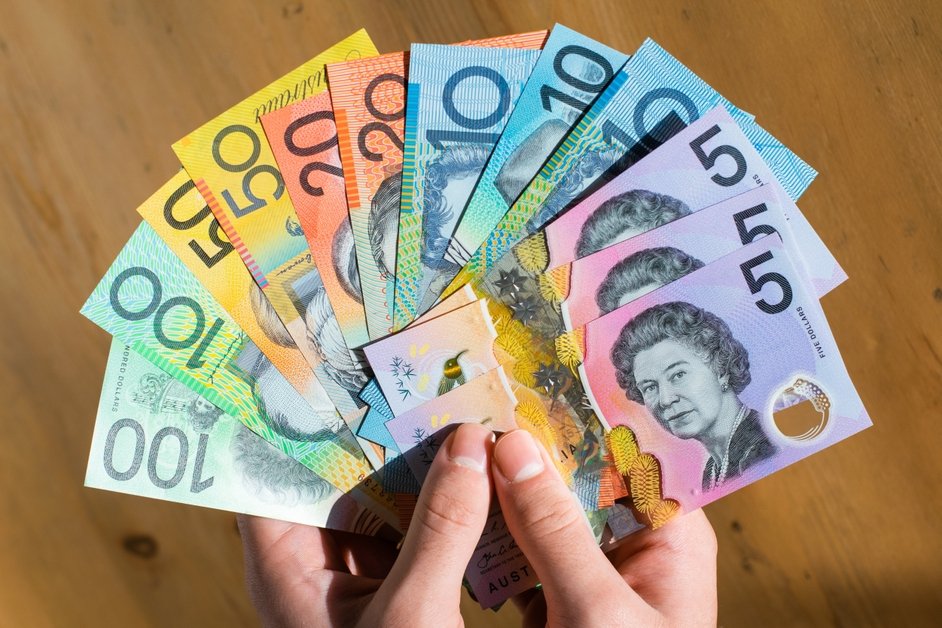Australian Dollar (AUD) is stable versus US Dollar (USD) as better global risk appetite and encouraging Chinese factory data offset domestic economic worries. Market mood improved after reports indicated the US is tapering its expectations for trade negotiations, which dampened concerns of aggressive tariffs. Meanwhile, the US Dollar continues to deteriorate amid increasing uncertainty around Federal Reserve policy and increasing fiscal worries. The stronger-than-forecast Caixin Manufacturing PMI in China also boosted optimism about Australia’s export outlook, given the nations’ high level of trade dependence. Traders now look ahead to the next US ISM Manufacturing PMI data for further guidance.
KEY LOOKOUTS
• The June PMI is closely watched by traders, which may have an impact on Fed policy expectations and affect the direction of the USD.
• Continued deterioration in inflation trends and conflicting cues from Fed officials remain a drag on the US Dollar.
• The stronger-than-forecasted Caixin and NBS PMIs in China could underpin the AUD because of the solid trade relationship between the two countries.
• AUD/USD is trading close to 0.6560 with major resistance at 0.6583 and support of about 0.6529, which is having an impact on short-term market momentum.

Australian Dollar is continuing to hold firm against the US Dollar on the back of enhanced global risk appetite and better-than-forecast Chinese manufacturing figures. Optimism increased after news suggested the US would tone down its ambitious tariff ambitions, easing fears of a full-blown trade war. Although Australia’s local manufacturing PMI was weak, China’s rebound in Caixin PMI offset positively because of the close economic relationships between the nations. The US Dollar remains under downward pressure in the meantime with Federal Reserve policy uncertainty and increasing fiscal worries. With investors awaiting the release of the US ISM Manufacturing PMI later on, it may give new indication of the US economic environment and further drive AUD/USD dynamics.
Australian Dollar stabilizes with better risk mood and higher Chinese manufacturing figures. Fiscal worries and Fed policy uncertainty hold back the US Dollar as major US ISM PMI data looms.
• News that the US might seek phasing out tariffs in deals has alleviated trade war concerns, boosting overall market sentiment and propelling the Australian Dollar.
• China’s Caixin Manufacturing PMI surged to 50.4 in June (48.3), indicating growth and firming up demand for Australian exports.
• Australia’s S&P Global Manufacturing PMI fell to 50.6, its lowest output reading since February, moderating—but not reversing—AUD momentum.
• Increasing unease regarding Federal Reserve rate cut timing and concerns about a $3.3 trillion US fiscal package continue the US Dollar’s losing streak.
• Traders are presently laser focused on the June ISM report; a surprise either direction could dictate the next short term path for AUD/USD.
• The pair is quoted around 0.6560 in an uptrending channel; major resistance is at 0.6583/0.6650, whereas support is at 0.6529 (9 day EMA) and 0.6490.
• Divergent signals—from Kashkari’s call for two 2025 cuts to Powell’s caution on tariff driven inflation—keep policy expectations volatile, influencing USD sentiment and, by extension, AUD/USD moves.
The Australian Dollar is holding firm as global market sentiment improves, largely driven by easing trade tensions and stronger economic signals from China. Reports the US might ease its stance on trade talks by looking for phased agreements boosted investor sentiment and diminished the immediate danger of severe tariffs. The news comes as a welcome relief to jumpy markets that have been spooked by the chronic ambiguities in global trade. Also, China’s Caixin Manufacturing PMI reported a significant bounce in June, indicating a possible improvement in industrial activity. With the close trade relationship that Australia shares with China, good Chinese data tends to reflect positively on both the Australian economy and the Australian dollar.
AUD/USD DAILY PRICE CHART

SOURCE: TradingView
Concurrently, the US Dollar still weakens with increasing fears regarding the direction of Federal Reserve policy and America’s fiscal issues. As much as inflation is in focus, mixed statements among Fed officials have made uncertain the timing and size of possible interest rate reductions. Adding to the uncertainty is a broad tax and spending plan under consideration in the US Senate that would sharply accelerate the national debt. All these factors combined have undermined the US Dollar’s attractiveness, allowing the Australian Dollar space to regain and consolidate even with slightly weaker local manufacturing data.
TECHNICAL ANALYSIS
Australian Dollar continues to be underpinned by more favorable global market sentiment and supportive news from China despite some weakness in local numbers. Optimism in markets was further fueled after reports emerged that the US is set to embrace phased trade deals instead of aggressive tariff plans, which dampened geopolitical tensions. In addition, China’s better-than-forecast Caixin Manufacturing PMI supported optimism about regional economic stability, to the advantage of Australia since they have robust trade relations. In contrast, the US Dollar is weakened by increasing uncertainty surrounding Federal Reserve policy moves and rising concern about widening fiscal deficits, also serving to support the Australian Dollar’s strength.

FORECAST
The Australian Dollar may have further room for gains if there is continued improvement in world risk appetite and supportive Chinese economic statistics. Favorable news on US trade policy, specifically the change in trend towards phased tariffs agreements, could diminish geopolitical risk and improve investor sentiment. If future US economic data, including the ISM Manufacturing PMI, indicate softening growth, it could add to expectations for Federal Reserve rate reductions, which would put further bearish pressure on the US Dollar and push AUD/USD higher. Further evidence of solid Chinese manufacturing activity and steady Australian inflation rates would also be bullish for the Aussie.
On the negative, the Australian Dollar can be put under pressure if local economic data, such as retail sales and employment figures, discourage in the next few weeks. Also, if the US ISM Manufacturing PMI is stronger than anticipated, it might briefly strengthen the US Dollar by dampening rate cut expectations. Political events, including heightened tensions between the US and China or doubts regarding Australia’s fiscal prospects, may also reduce investor confidence. In addition, any Federal Reserve hawkish remarks may alter market expectations and cause the recent AUD/USD appreciation to reverse.







